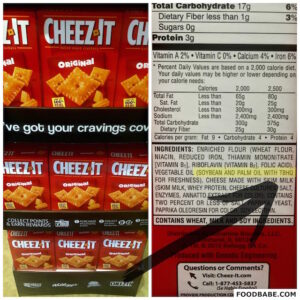26 Shocking “Food” Ingredients you may not know about
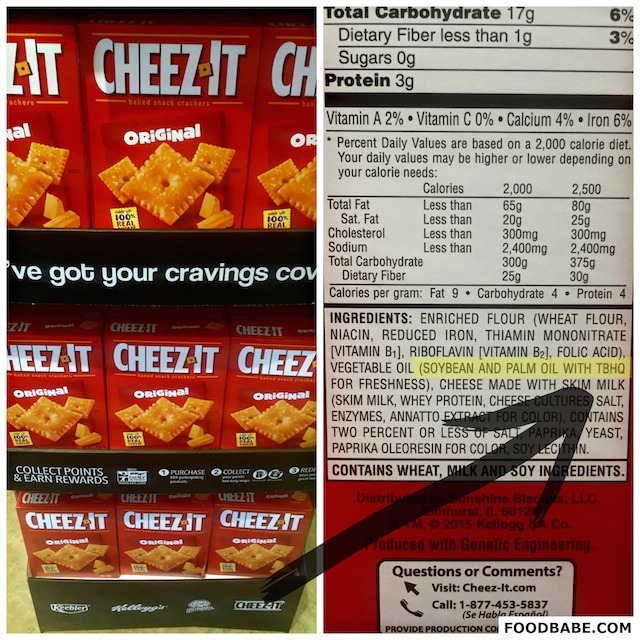
Top 26 Shocking “Food” Ingredients
This is indeed a shocking list of food ingredients. The fact that these ingredients end as “food” is pure witchcraft. Witchcraft is about deception and when you go to the store to buy food, you are deceived in buying poison disguised as food. That’s bait and switch and a common feature in witchcraft. You walk in innocently not even thinking evil is presence and your guard is down and they come for you.
This food list are a list of ingredients I believe are “witchy” and they are disguised as food and I am here to uncover the fact that they are not food.
Maybe you already know there is beaver anus and anti-freeze in your ice cream. Maybe you knew the bread industry uses human hair as a secret ingredient. This list is to remind you and bring some famous disgusting ingredients to light. People who don’t care about Yahuah’s laws will call “anything food” as long as they make a profit. If they think you don’t care about ingredients and you only care about flavor. They will feed you beaver anus with cherries on top.It’s long over due for us to produce our own foods and create our own industry. I don’t think its about choosing the right company because corporatoins are soulless entities that only care about a profit and bottom line. They don’t do things because its according to Yahuah’s laws. Food is made not bought. I tell my children this all the time. Get raw ingredients and put it together yourself to create a dish. Unfortunately, even the raw ingredients may come to you polluted. You should also try to grow some food and raise some animals. Its really gross out there. Your great grandchildren may not know what real food looks like if we don’t step up.
- Castoreum
- Carmine or Cochineal
- L-cysteine
- Shellac
- Gelatin
- Bone Char
- Isinglass
- Propylene Glycol
- Ammonium Sulfate
- Silicon Dioxide
- Lanolin
- Lipase
- Rennet
- Nitrite
- Cellulose
- BVO
- TBHQ
- Titanium Dioxide
- Phosphoric Acid
- Olestra – Olean
- Dimethylpolysiloxane
- Potassium Bromate
- MSM
- MSG
- Aspartame
- Mono-Diglycerides
1. Castoreum –
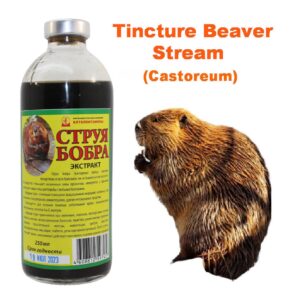 Vanilla flavoring derived from beaver anal glands is number one on my shocking food ingredient list. It is used in some vanilla flavorings and occasionally in raspberry flavorings
Vanilla flavoring derived from beaver anal glands is number one on my shocking food ingredient list. It is used in some vanilla flavorings and occasionally in raspberry flavorings
Brands: Graeter’s, Bickford Flavors, Frostings of America
This is not food, but they call it food for people who don’t serve Yahuah. You can’t eat the flavors from which come from a beavers anus. So avoid the brands above that we know to use them. Of course there are more brands. If they don’t serve Yahuah, you can assume they are cutting corners and serving you imitation food. Remember, castoreum is considered NATURAL! So as a “natural” flavor, it could be there hidden in the witchcraft of the English language.IF you search Castoreum on Ebay you learn that as of 2025, 60 grams of this stuff is about $50. I don’t understand why they would even use this stuff if REAL vanilla extract seems cheaper. 1/3 cup of vanilla extract is about 60 grams or 2 oz. If you have $6 you can get a high quality extract for your many uses.

There is no amount of reason to kill a beavor for his vanilla flavored anus. Its all kinds of wrong!
2. Carmine/Cochineal –
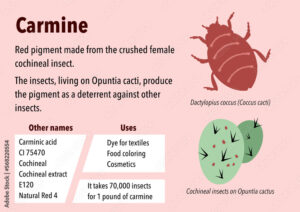 Red food coloring made from crushed female cochineal insects, used in candies, yogurts, and red-colored foods
Red food coloring made from crushed female cochineal insects, used in candies, yogurts, and red-colored foods
Brands: Tropicana Ruby Red, Dannon Fruit on the Bottom, Yoplait Original, Campari, Good & Plenty candy
3. L-cysteine –
 Dough conditioner sometimes derived from human hair or duck/chicken feathers, used in commercial bread products
Dough conditioner sometimes derived from human hair or duck/chicken feathers, used in commercial bread products
Brands: McDonald’s, Dunkin’ Donuts, Pizza Hut, Subway, Thomas’, Wonder Bread, Sara Lee, Pepperidge Farm, Safeway Select
WHAT’S YOUR DEFINITION OF BREAD?
Well according to the Daughter of Babylon, it means human hair and duck feathers. Don’t worry, both are “Natural” proteins.
Bug Shellac in sweets
4. Shellac –

Confectioner’s glaze made from lac bug secretions, used to add shine to candy and pills
Brands: Junior Mints, Jelly Belly, M&M’s, Godiva, Tootsie Rolls, Skittles, Nestlé Crunch, Ferrero
You may think M&M’s and Godiva and all other brands are delicious, but if you knew the REAL ingredients of processed food and you watch them make it from beginning to end, you would not eat or buy them. A great chef will show off his mastery in the kitchen and proudly display their ingredients, even when its “snails”, but this is done because they don’t respect you or your desire to not eat bugs. bugs in your food.
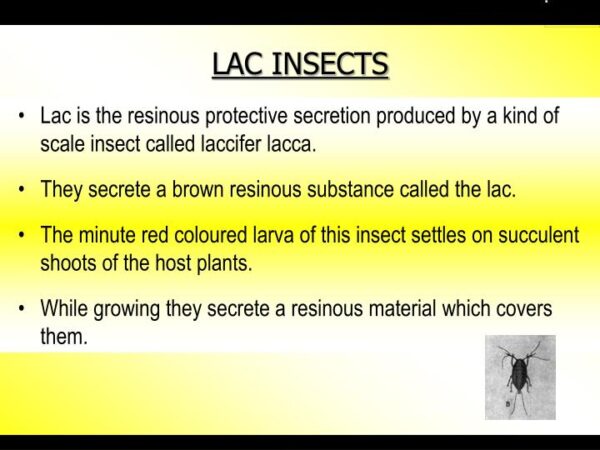
5. Gelatin –
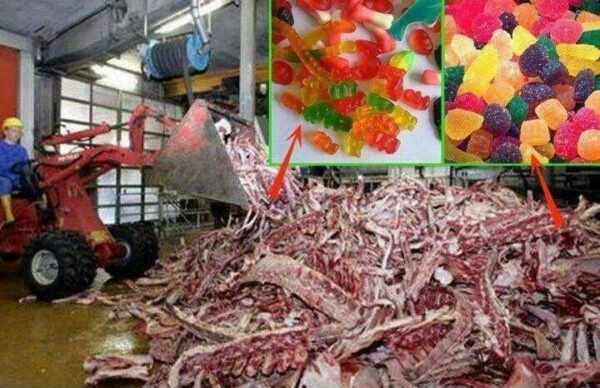 Protein derived from boiled animal skin, tendons, ligaments, and bones, used in gummy candies, marshmallows, and jellies
Protein derived from boiled animal skin, tendons, ligaments, and bones, used in gummy candies, marshmallows, and jellies
Brands: Jell-O, Kraft Jet-Puffed, Haribo, Starburst, Altoids, Kellogg’s Frosted Mini-Wheats, Pop-Tarts, Sour Patch Kids
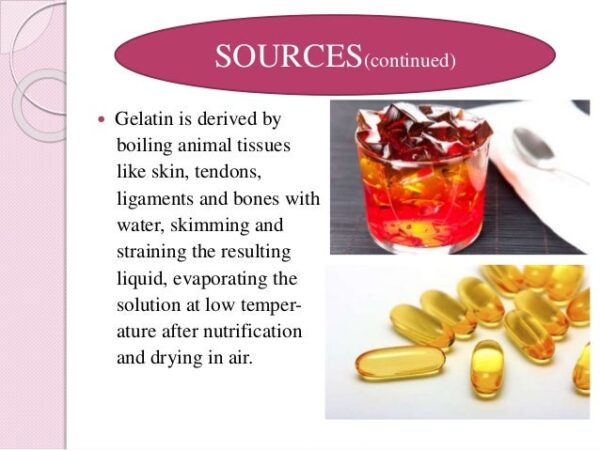
6. Bone char –
 Charred animal bones used to whiten some refined sugars
Charred animal bones used to whiten some refined sugars
Brands: Domino, C&H, Imperial Sugar, Kroger Brand sugar, Great Value sugar
7. Isinglass –
 Fish bladder extract used to clarify some beers and wines
Fish bladder extract used to clarify some beers and wines
Brands: Guinness (pre-2018), Fuller’s, Newcastle Brown Ale, Yellow Tail wines, Sutter Home, Barefoot Wines.
8. Propylene glycol –
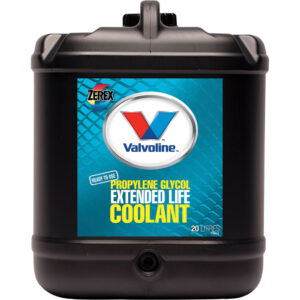 Anti-freeze component also used as a food additive in ice cream and frozen desserts
Anti-freeze component also used as a food additive in ice cream and frozen desserts
Brands: Breyers, Edy’s/Dreyer’s, Betty Crocker, Duncan Hines, Entenmann’s, Baskin-Robbins, Blue
BunnyBreyers & Vavoline both use Anti-freeze in the selling of their goods. Neither are really meant to be eating nor are they food.
9. Ammonium sulfate –
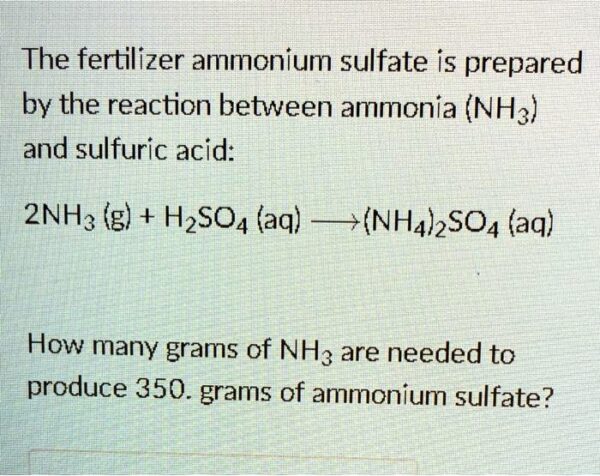 Fertilizer component used as a dough conditioner in bread
Fertilizer component used as a dough conditioner in bread
Brands: Subway, Wonder Bread, Sara Lee, Pepperidge Farm, Nature’s Own, Franz Bakery, Oroweat
Chemicals are not food. This should go without saying, but let me say it incase you thought it was.
10. Silicon dioxide –
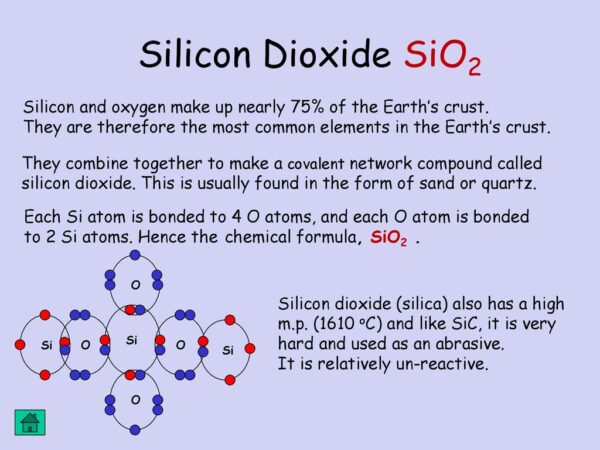
Also known as sand, used as an anti-caking agent in many powdered foods
Brands: McCormick, Taco Bell, Kraft, Nestlé, Knorr, Great Value, Lawry’s seasonings
They combine together to make a covalent network compound called. silicon dioxide. This is usually found in the form of sand or quartz. Each Si atom is bonded to 4 O atoms, and each O atom is bonded. to 2 Si atoms. Hence the chemical formula, SiO2 . Si. O. Silicon dioxide (silica) also has a high m.p. (1610 oC) and like SiC, it is very hard and used as an abrasive. It is relatively un-reactive.
- Lanolin –
Sheep wool grease used in chewing gum base and as a source of vitamin D.

Brands: Wrigley’s, Trident, Orbit, Extra, Kellogg’s Special K, Quaker Oats, General Mills cereals.
If you are sick and you needed “vitamin D”, this isn’t an unlawful ingredient. Not everyone feels like eating Lanolin. If I was low on vitamin D and I often am. I would go out in the sun and take vitamin D pills sourced from this stuff. That is me and its lawful. The idea of it is gross, I am not going to lie. The serious effects of being low on Vitamin D is worthy of your attention. Many diseases that black people have come from not having enough vitamin D, which I know is not a vitamin. Its a hormone.
12. Lipase –
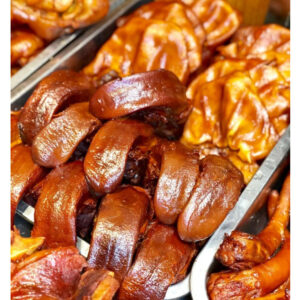 Enzyme from pig tongues and stomachs used in some cheese production
Enzyme from pig tongues and stomachs used in some cheese production
Brands: Kraft, Sargento, Tillamook, Cracker Barrel, Land O’Lakes, Bel Brands, Président
13. Rennet –
Enzyme from calf stomachs traditionally used to make cheese
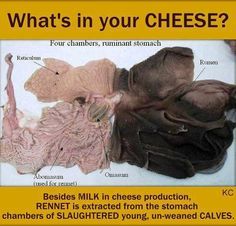
Brands: Kraft Parmesan, Cabot, Bel (Laughing Cow), Galbani, Boar’s Head, Cracker Barrel cheese
To learn the process go here, but if you want to still keep eating cheese with the rennet in it, don’t learn about this method. This is lawful because its a produce from a clean animal.
Who invented this? Not all cheese uses this method. You have options for different cheeses. Maybe you don’t want to eat cow stomach. You can decide.
14. Sodium nitrate/nitrite –
Preservatives linked to cancer concerns, used in processed meats. They use it as a preservative. Preservatives are often bad for you. If Yahuah made real food to go bad at a certain time, we should let it go. Corporations lose money if foods go bad so extending their shelf life or appearance of extending it is a win win for them. You already know processed foods are not good for you.
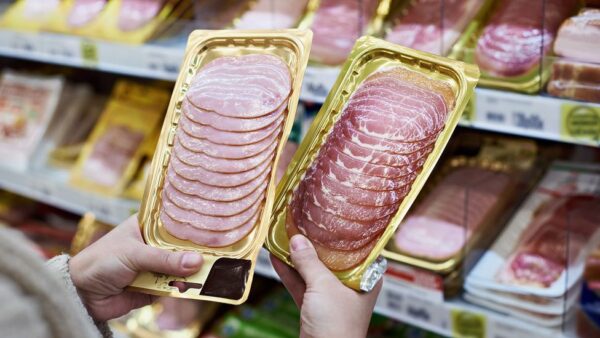
If you want to eat meat, the best thing you can do is grow live stock yourself or buy it and have a butcher process them for you. Deli meats are not recommended for many reasons and this is one of them.
Brands: Oscar Mayer, Boar’s Head, Hormel, Ball Park, Jimmy Dean, Hillshire Farm, Smithfield, Hebrew National
15. Wood pulp (cellulose) –
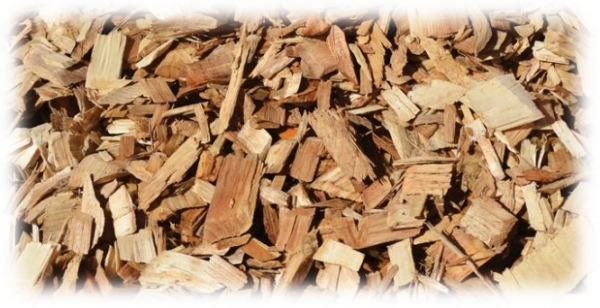 Added to shredded cheese and many processed foods as anti-caking agent and fillerBrands: Kraft, Sargento, Velveeta, Philadelphia, McDonald’s, Burger King, Taco Bell, KFCMost of us do not want to eat wood or sand. I don’t see either as a food recommended or allowed by the creator. I can’t say its a sin to eat, but you should know when its in a food ingredient. I personally don’t like the flavor and texture when its in cheese. I rather grade my cheese and make a fresh meal.What if this ingredient in “foods” are causing people to have digestive issues?
Added to shredded cheese and many processed foods as anti-caking agent and fillerBrands: Kraft, Sargento, Velveeta, Philadelphia, McDonald’s, Burger King, Taco Bell, KFCMost of us do not want to eat wood or sand. I don’t see either as a food recommended or allowed by the creator. I can’t say its a sin to eat, but you should know when its in a food ingredient. I personally don’t like the flavor and texture when its in cheese. I rather grade my cheese and make a fresh meal.What if this ingredient in “foods” are causing people to have digestive issues?
16. Brominated vegetable oil (BVO) –
Flame retardant used in some citrus sodas
Brands: Mountain Dew, Fresca, Squirt, Sun Drop, Gatorade Orange, Fanta Orange (in some regions)
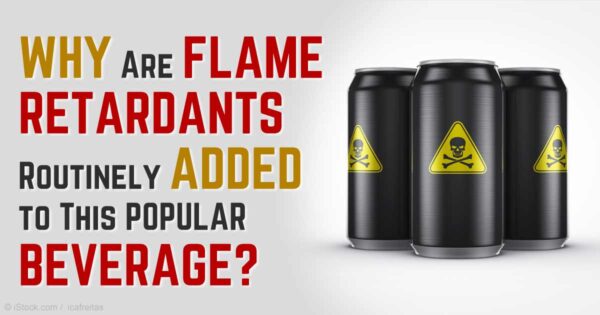
17. TBHQ (tertiary butylhydroquinone) –
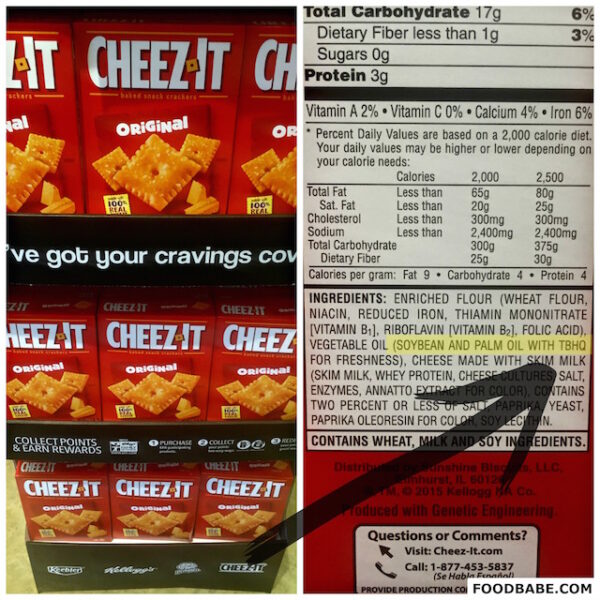 Petroleum-derived preservative used in many packaged foods
Petroleum-derived preservative used in many packaged foods
Brands: McDonald’s Chicken McNuggets, Hershey’s, Reese’s, Cheez-It, Pop-Tarts, Taco Bell, Little Debbie, Orville Redenbacher
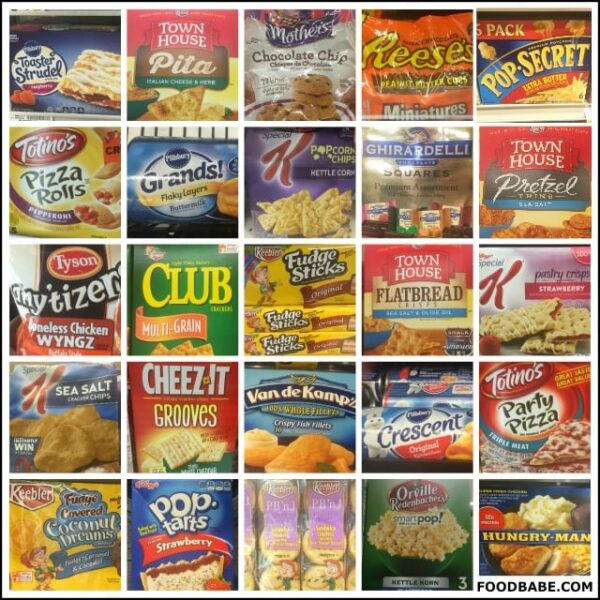
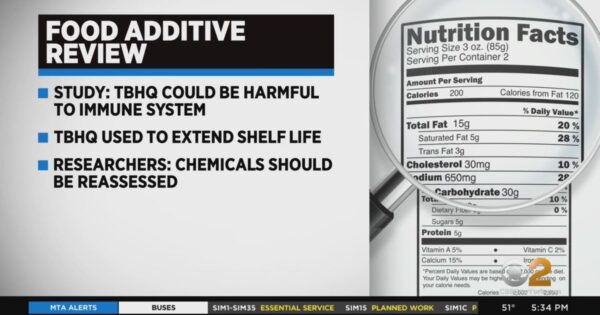
18. Titanium dioxide –
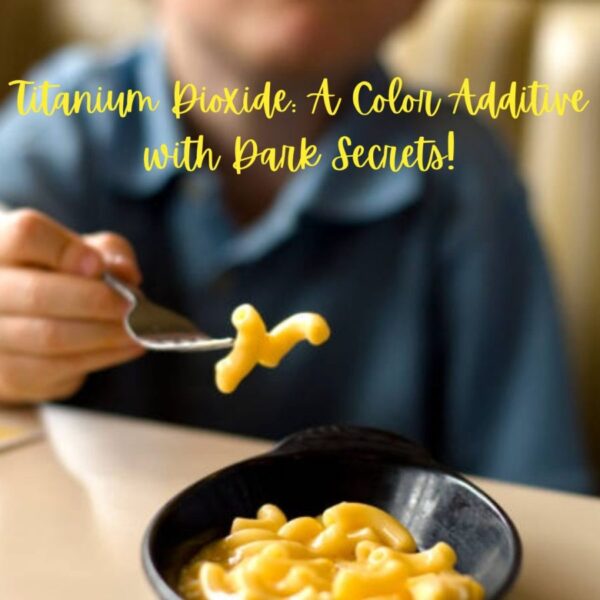 Paint and sunscreen ingredient used to whiten foods like ranch dressing and powdered sugar. This is a chemical not a food ingredient made by Yahuah. Its manmade.
Paint and sunscreen ingredient used to whiten foods like ranch dressing and powdered sugar. This is a chemical not a food ingredient made by Yahuah. Its manmade.
Brands: M&M’s, Skittles, Hostess, Hershey’s, Mentos, Trident, Kool-Aid, Hidden Valley Ranch
Go to this website for more information
19. Phosphoric acid –
Metal cleaner also found in colas and sodas
Brands: Coca-Cola, Pepsi, Dr. Pepper, Sprite, A&W Root Beer, RC Cola, Mountain Dew

You may find coca-cola or pesi in my house, but it will be next to my toilet. Its the proper way to clean a toilet. If your body has been used as a toilet, maybe you should continue to drink this stuff. I wonder if that is the reason they serve it with fast foods?
Maybe that is the best way to process it since the burgers and fries don’t seem to age or spoil.
But this article says its not good for digestion, but they could be wrong. If you are eating foods that are not food, maybe drinking down a toilet cleaner agent would help “flush” it all down. I am jesting of course. Don’t drink coke products!
20. Olestra/Olean –
Fat substitute that can cause digestive issues, used in some “fat-free” snacks
Brands: Formerly in Lay’s WOW chips, Pringles Light, Frito-Lay Light chips (mostly discontinued now)
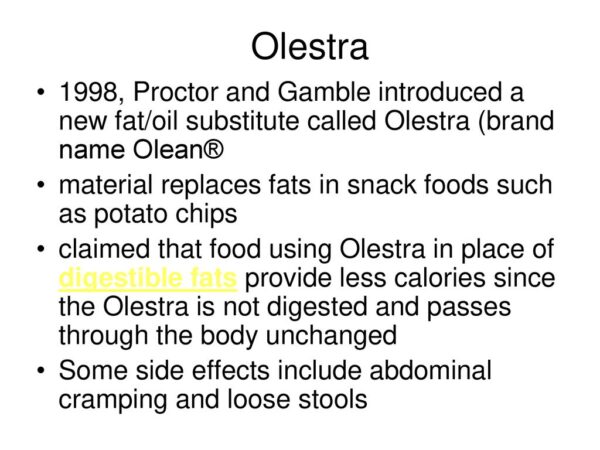
The diet products that use them are extremely bad for your health. Diet products are the worst. Low-fat products are the worst too. We need fat to survive. Our brains need fat. Stop the nonsense with fat free. Eat in moderation and eat cleaner foods. Start there.
This olestra stuff passes through the body unchanged! You should avoid this ingredient in foods like the plague! This “food” material replaces fats in snack foods such as potato chips. claimed that food using Olestra in place of digestible fats provide less calories since the Olestra is not digested and passes through the body unchanged. Some side effects include abdominal cramping and loose stools.
21. Dimethylpolysiloxane –
![]()
Silicone-based anti-foaming agent used in fast food frying oil. This is a drug or chemical and it isn’t food.
Brands: McDonald’s, KFC, Burger King, Wendy’s, Popeyes, Jack in the Box, Chick-fil-A, Sonic
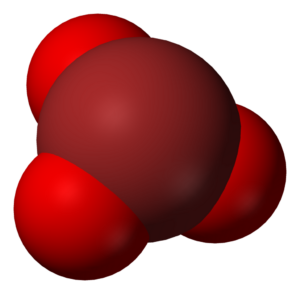
22. Potassium bromate –
Dough strengthener banned in many countries due to cancer concerns but still used in some U.S. bread products
Brands: Some Pepperidge Farm products, Hormel Foods, Goya, Pioneer, Gold Medal Wondra
23. Mechanically separated meat (MSM) –
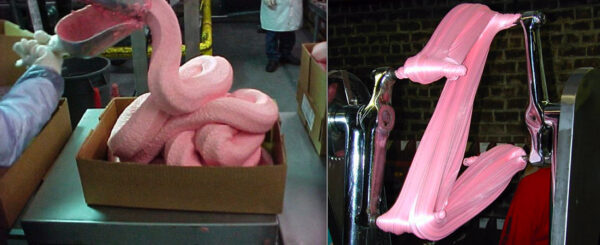
Paste-like meat product made by forcing bones with attached meat through a sieve
Brands: Bar-S hot dogs, Oscar Mayer bologna, Banquet frozen meals, Tyson chicken nuggets, Foster Farms, Libby’s potted meat
This is Pink Meat – not known for being anything “high quality”. Image all the children’s lunches being made with this. This is essentially “dog food” packaged for humans.
Note: Formulations change regularly, and many companies have reformulated their products over time. This list reflects reported usage, but current products may differ.
There are more food ingredients you should not eat. Don’t eat High Fructose Corn Syrup for many reasons. Research that. The below are some honorable mentions that you probably already know about.
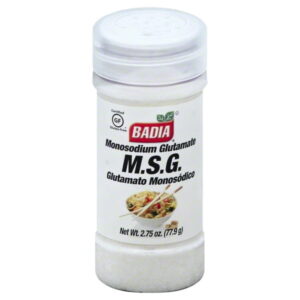 24. MSG – (MonoSodium Glutamate)
24. MSG – (MonoSodium Glutamate)
is not on this list but it should have been mentioned. This has been in the media for years and Chinese restaurants claim to have stopped using them. Do you believe that? Its possible either way
Look for the Chomical name Mono-Sodium Glutamate

25. Aspartame
is also not here, but should be mentioned. It is in many products since the 80’s and has been known to cause brain tumors! It was also banned by the FDA two times!
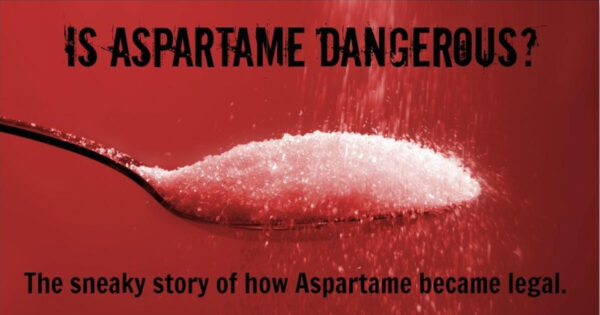
Research you food ingredients. If you don’t know where it came from and how it was made, rule of thumb, investigate and don’t eat it.Read this article how it became legal even after many studies found it to cause brain tumors!https://dailyhealthpost.com/the-shocking-story-of-how-aspartame-became-legal/
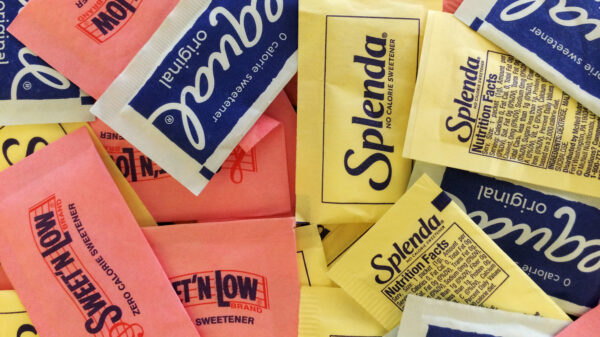
the last Shocking Food Ingredient is
26. Mono- and Diglycerides:
History, Sources, Uses, and Health Considerations
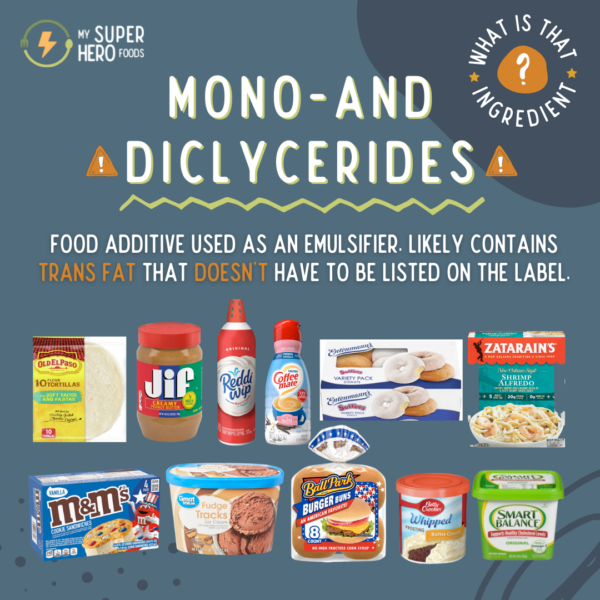
Historical Background
Mono- and diglycerides were first produced commercially in the 1930s. They became more widely used after World War II when the food industry began seeking effective emulsifiers for processed foods. Their popularity grew significantly in the 1950s and 1960s as food manufacturing expanded and consumers demanded products with longer shelf lives and consistent textures.Sources and ProductionMono- and diglycerides are naturally occurring compounds made up of glycerol attached to one fatty acid (monoglyceride) or two fatty acids (diglyceride). For commercial use, they are typically:
Manufactured by treating triglycerides (fats or oils) with glycerol
Commonly derived from plant oils like soybean, palm, sunflower, or canola
Sometimes derived from animal fats like beef tallow or lard
Produced through a process called glycerolysis, where fats or oils react with glycerol
Foods Containing Mono- and DiglyceridesMono- and diglycerides are among the most common food additives (labeled as E471 in Europe) and are found in many processed foods:
Baked goods (bread, cakes, cookies, pastries)
Margarine and shortening
Ice cream and frozen desserts
Peanut butter and nut butters
Processed meats and sausages
Candy and chocolate
Instant mashed potatoes
Coffee whiteners and creamers
Whipped toppings
Commercial salad dressings
Functional Roles in FoodThey serve several important functions:
Emulsifiers (helping oil and water mix)
Stabilizers (preventing separation of ingredients)
Texture enhancers
Shelf-life extenders
Dough strengtheners
Anti-staling agents in bread
Health ConsiderationsMost regulatory agencies classify mono- and diglycerides as generally recognized as safe (GRAS). Some health considerations include:
They are similar to naturally occurring fats and can be metabolized by the body
May contain small amounts of trans fats (though not labeled as such due to regulatory definitions)
Some people avoid them due to potential allergen concerns (may contain soy or palm derivatives)
Vegetarians and vegans may want to verify the source if derived from animal fats
No strong scientific evidence links them to significant health risks when consumed in typical amounts
Some people with specific digestive conditions may experience sensitivity
As with many food additives, the health impact largely depends on overall dietary patterns and individual sensitivities rather than the presence of these specific ingredients alone.Local bakery shops likely use this ingredient and they won’t be on this list, but read your labels. Processed foods often don’t care about your health, so you should know this ingredient will be in there. Look at the big name below. They represent rich corporations worried about their bottom-line $$. I don’t see this ingredient as needed in foods. When you bake a cake or bread you don’t need it, but somehow the companies below need in it in making their products.Shelf life is not good for Human life, unless you are an idol.Bread and Baked Goods
Wonder Bread
Sara Lee bread products
Pepperidge Farm breads
Entenmann’s pastries
Little Debbie snack cakes
Hostess products (Twinkies, Ding Dongs)
Pillsbury refrigerated dough products
Duncan Hines cake mixes
Betty Crocker baking mixes
Dairy and Frozen Desserts
Breyers ice cream
Ben & Jerry’s (some flavors)
Häagen-Dazs (some products)
Cool Whip
Reddi-wip
Coffee-mate creamers
International Delight creamers
Land O’Lakes margarine
Country Crock spreads
Philadelphia cream cheese products
Snacks and Convenience Foods
Oreo cookies
Ritz crackers
Lay’s potato chips (some varieties)
Doritos
Kraft Mac & Cheese
Uncle Ben’s rice products
Stouffer’s frozen meals
Lean Cuisine frozen entrees
Maruchan ramen
Betty Crocker Instant Potatoes
Spreads and Condiments
Jif peanut butter
Skippy peanut butter
Peter Pan peanut butter
Hellmann’s/Best Foods mayonnaise
Kraft salad dressings
Hidden Valley Ranch dressing
Breakfast Products
Quaker instant oatmeal
Kellogg’s Pop-Tarts
Eggo waffles
Aunt Jemima pancake mix
Many popular breakfast cereals
Confectionery
Hershey’s chocolates (some varieties)
Mars candy bars (some varieties)
Nestlé chocolate products (some varieties)
Pillsbury frostings





